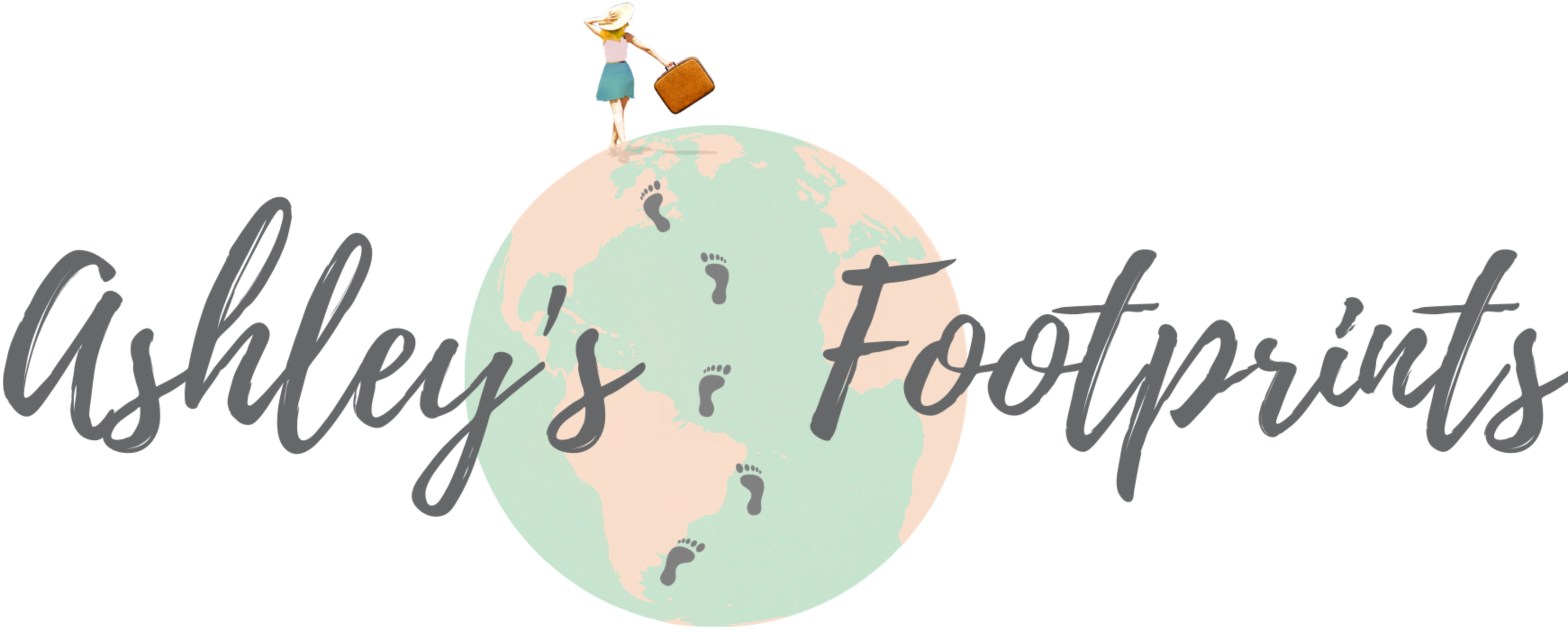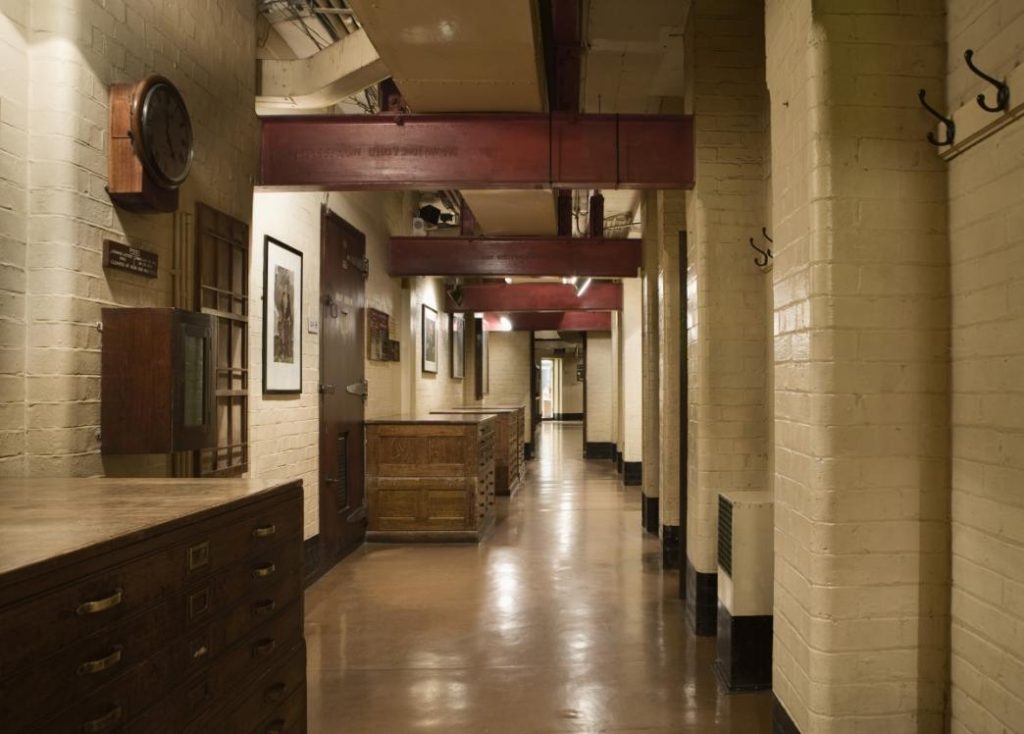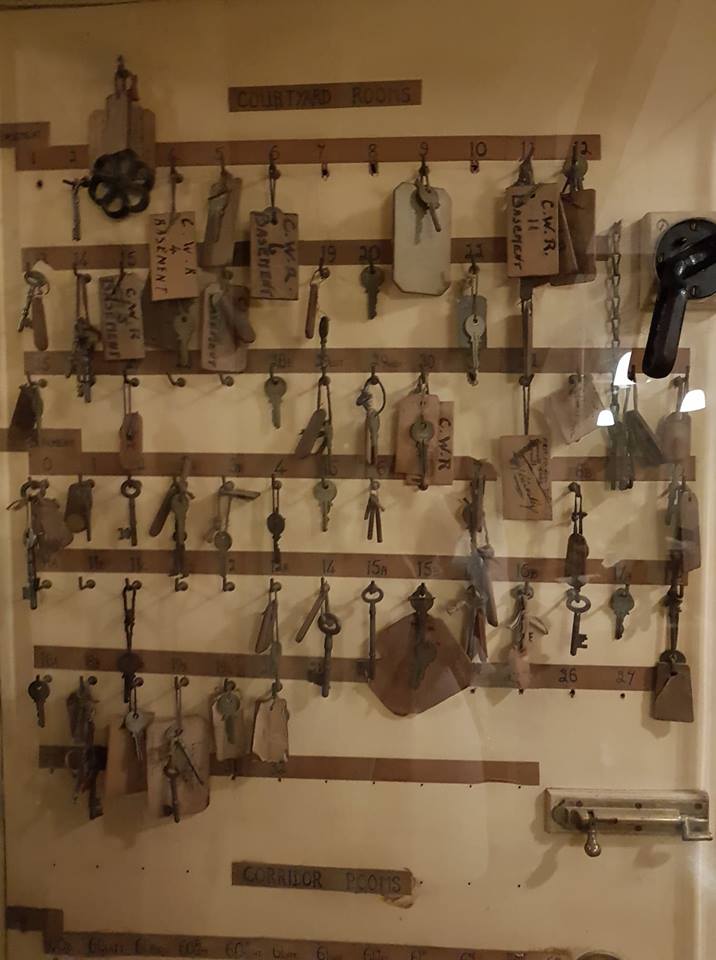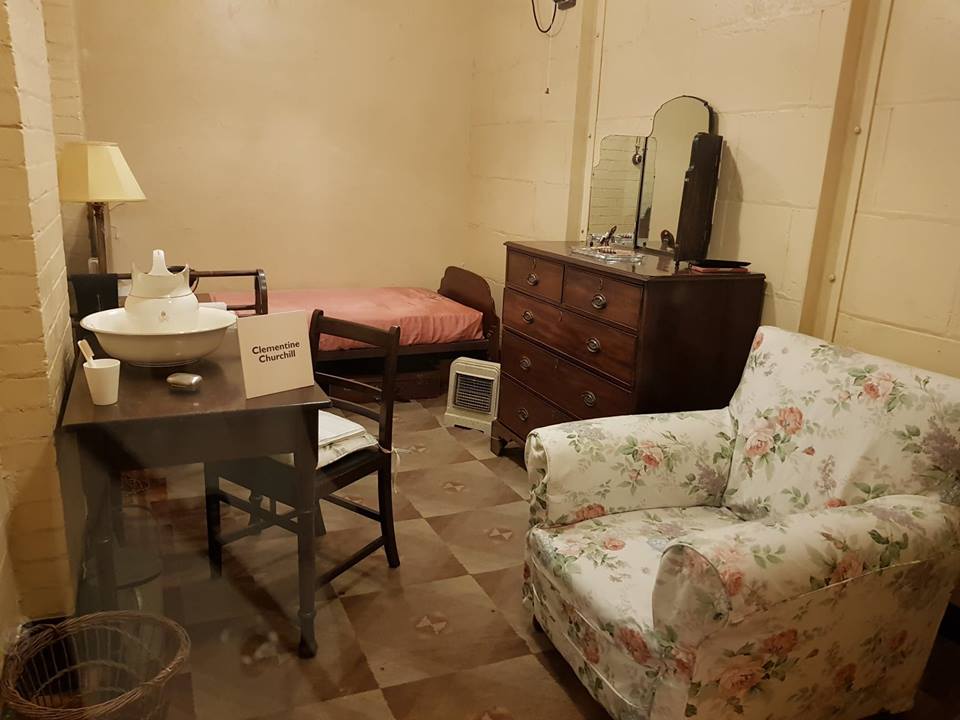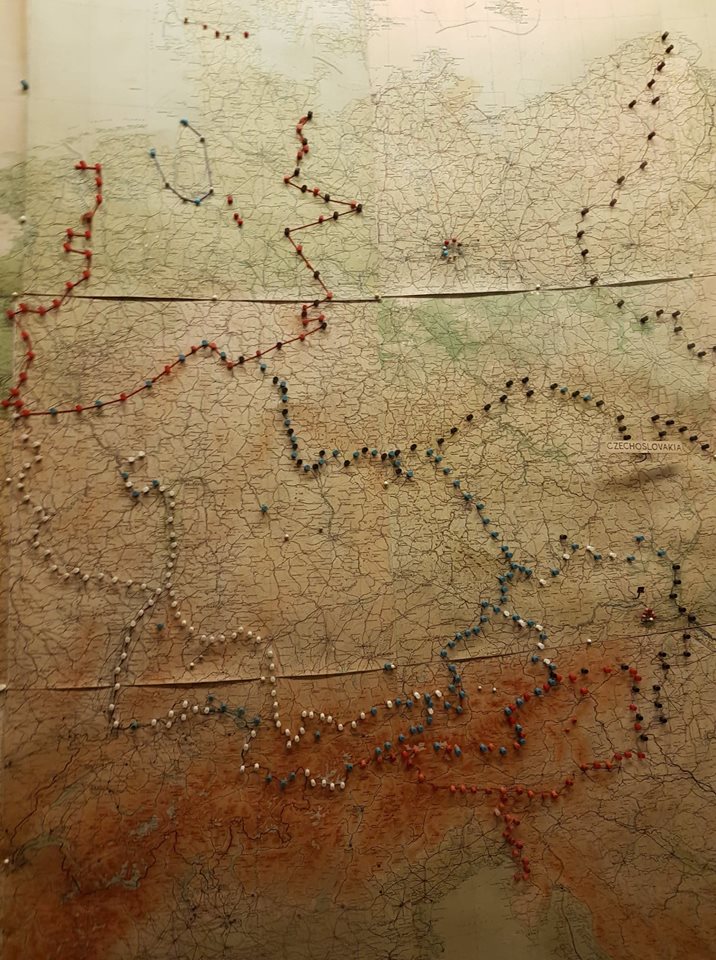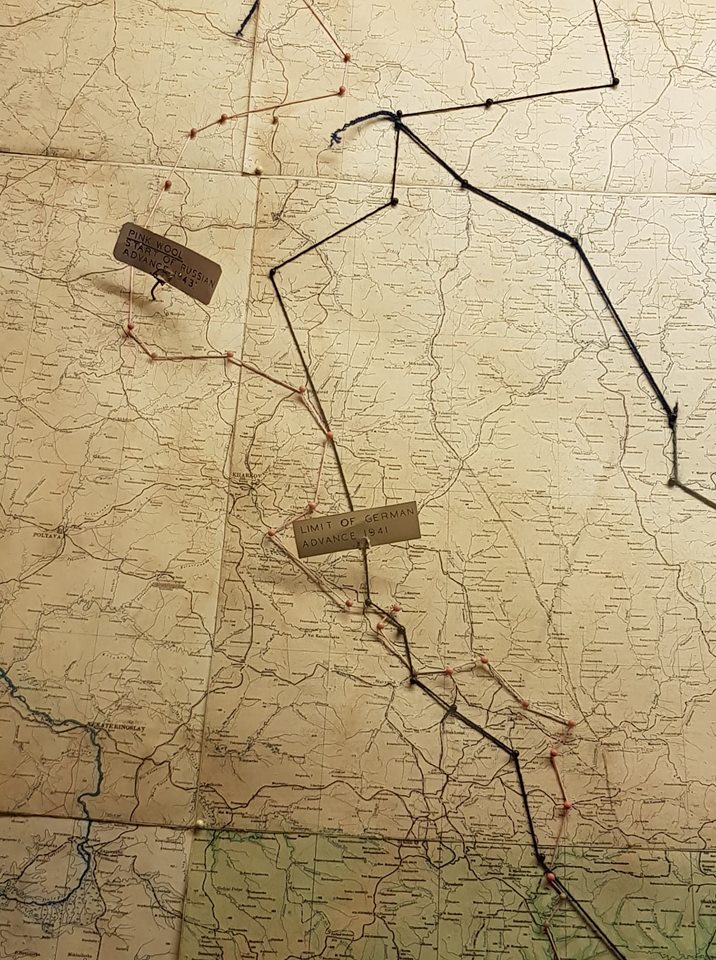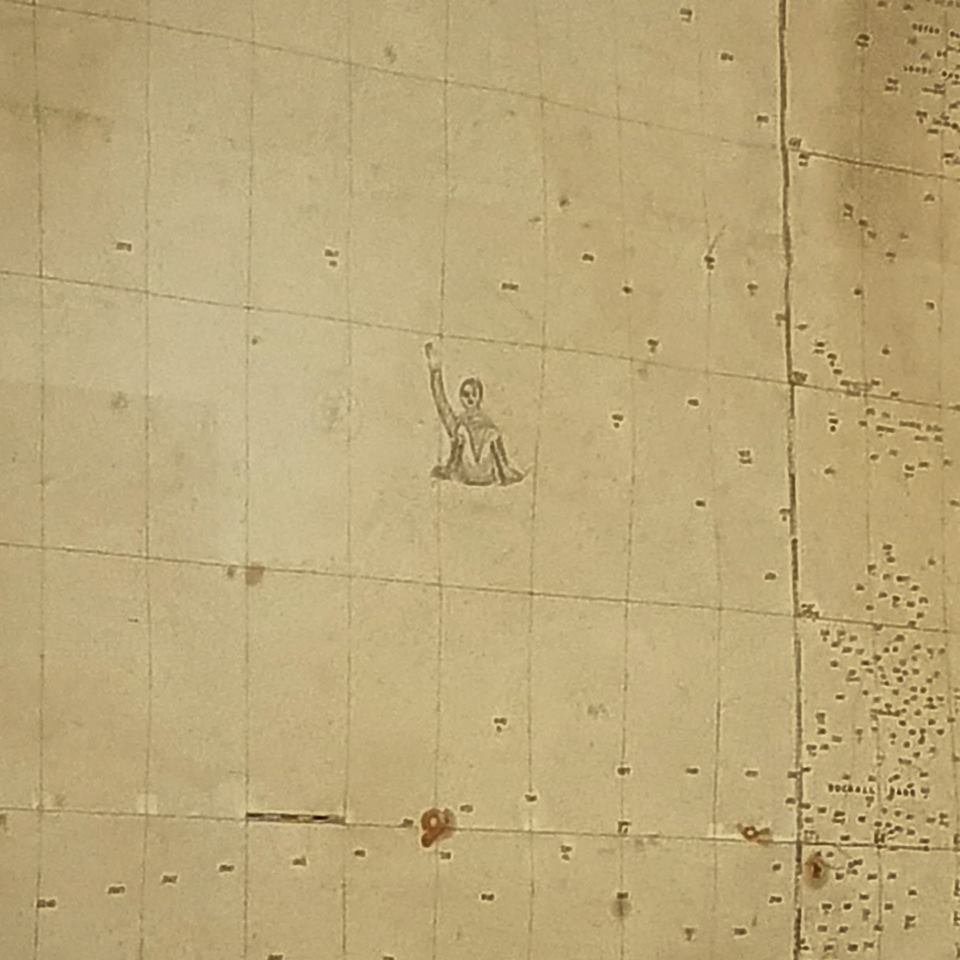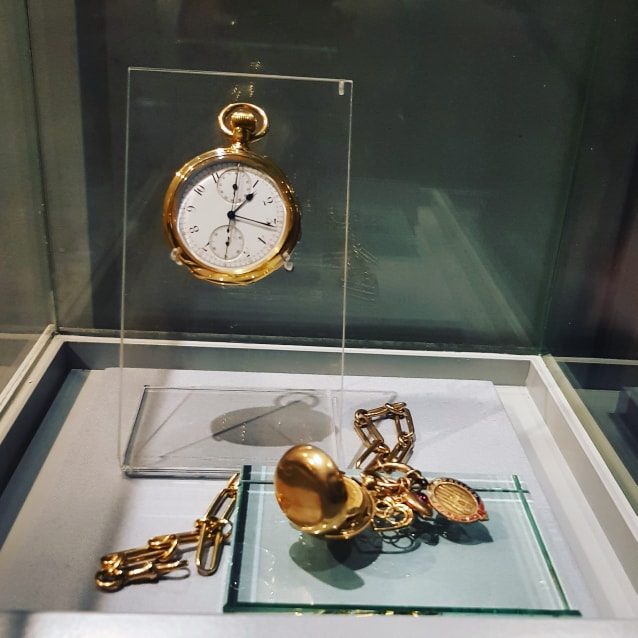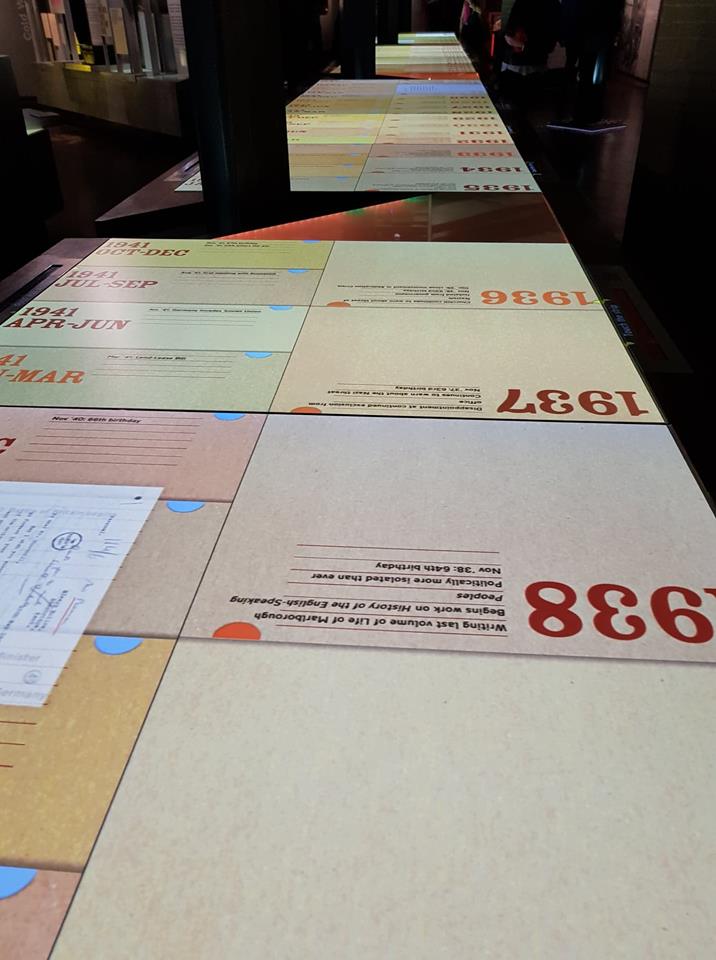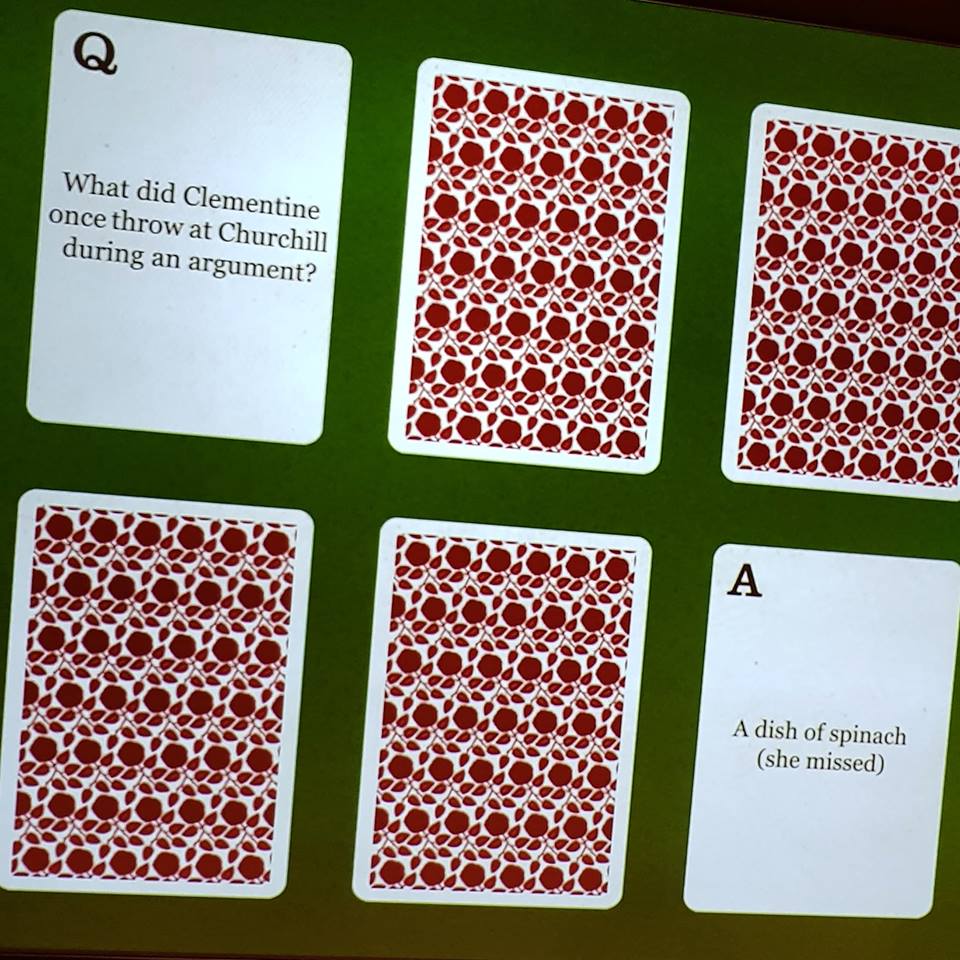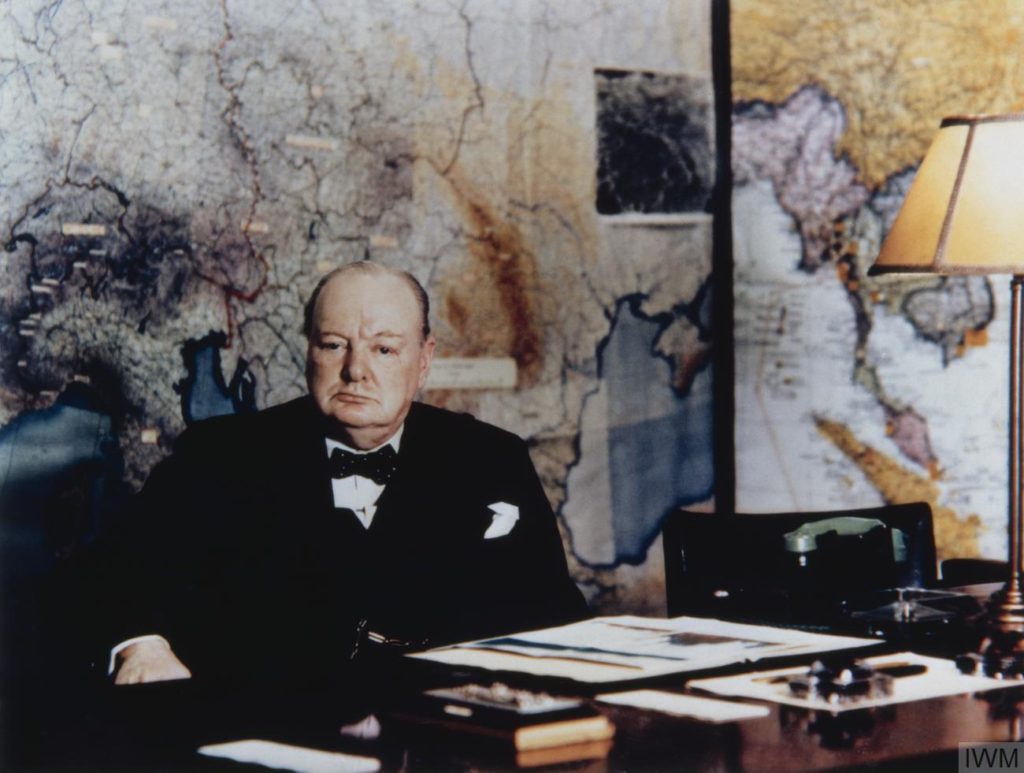
For those interested in learning more about life in London during World War II, look no further than Churchill’s War Rooms, situated in Kings Horse Parade, Whitehall. I was very kindly invited down to review the bunker by the Imperial War Museum, which I was very excited about, especially as this is the year I have spent brushing up on my history knowledge, having visited The Bletchley and The Duxford Air Show in Cambridge.
So what were the War Rooms?
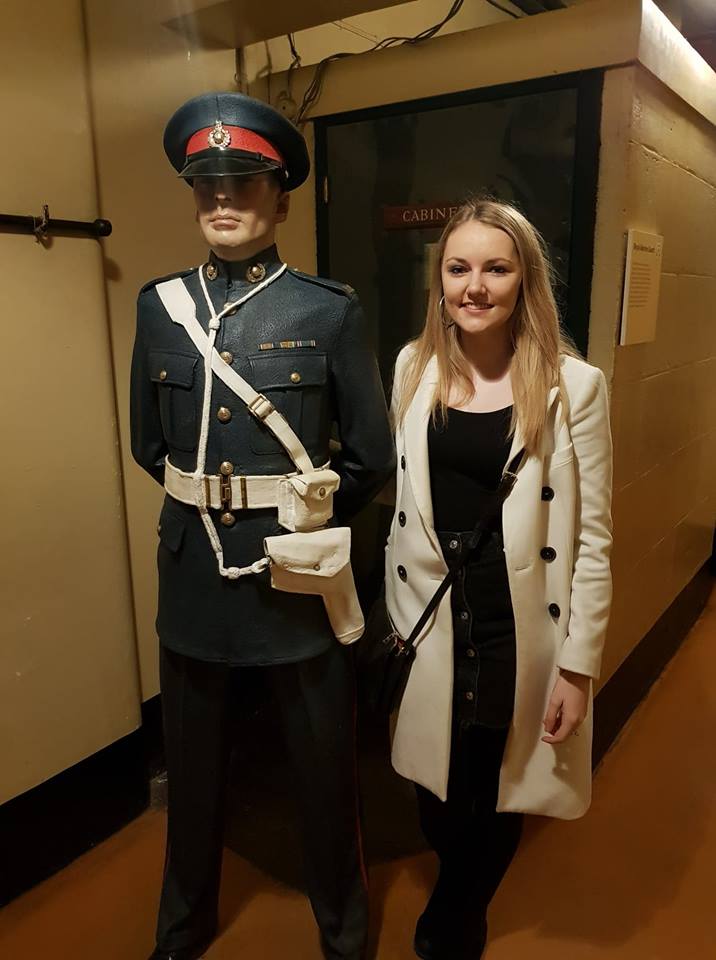 The Cabinet War Rooms are the actual wartime headquarters of Winston Churchill, combined with a large museum devoted to his life. The War Rooms were used by the British Government between 1939 and 1945 during the break out of WWII, serving as a wartime bunker and intelligence area for Churchill and his government.
The Cabinet War Rooms are the actual wartime headquarters of Winston Churchill, combined with a large museum devoted to his life. The War Rooms were used by the British Government between 1939 and 1945 during the break out of WWII, serving as a wartime bunker and intelligence area for Churchill and his government.
After the war ended, the rooms in the bunker were left untouched for many years, but in 1984 the War Rooms finally opened to the public to educate visitors on Britain’s involvement during World War II.
The Cabinet War Rooms were first used on the 15th October 1940, the day after a bomb hit 10 Downing Street. From that day on the War Rooms were occupied 24 hours a day, 7 days a week, until August 14th 1945; the official end of World War II.
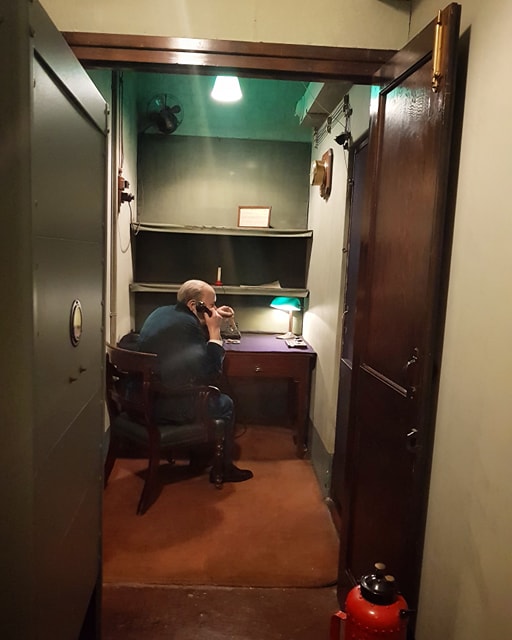
Interestingly, The War Rooms were only 11 feet below ground level and were not fully bomb-proof. A direct hit could have brought the building down. It wasn’t until 1943 that a six foot layer of concrete (the Slab) was poured over the top of the war rooms to add protection, although by then, the worst of the bombing was over.
From secret phone calls with President Roosevelt, to filming broadcasts updating British citizens throughout the war, this bunker provided Churchill and his cabinet with a private safe area to plan what action Britain should take during World War 2 in order to defeat Adolf Hitler and Nazi Germany.
Inside the War Rooms
Situated by Kings Horse parade, in view of Buckingham Palace, the entrance to the War Rooms is an inconspicuous doorway that leads underground, hidden beneath the streets of Westminster. The corridors are really narrow and I can imagine it to have been really stuffy with so many people living and working there. Original signs and notices still hang on walls, and a glass cabinet with all the original keys hang on display.
You are provided with an audio guide (available in many languages), which provides you with information about the rooms, what happened in them during the war, and other interesting factoids.
Primarily, the bunkers include office space and sleeping dormitories for the hundreds of people that lived and worked here at any given time. Churchill had his own private office-bedroom where he and his wife, or daughter often slept, as well as a private bathroom (which unbeknown to many was actually a secret telephone room he used to ring President Roosevelt!)
My favourite room has to be The Map Room. The Map Room was in constant use and was manned around the clock by British officers. They were responsible for providing a daily intelligence summary to the King and Prime Minister. Incredibly, it still holds the original map that Churchill’s team used to track the enemy’s movement both on land and sea, and as a result, still has the original pin holes in the map and sticky notes stuck to it. Although this was a very difficult time, humour was still present amongst the British, as one officer has drawn a mock cartoon picture of Adolf Hitler on the map which is still visible. Additionally, there were a few sugar cubes on the table which had actually been left by a man working at the cabinet adding to the authenticity of this room.
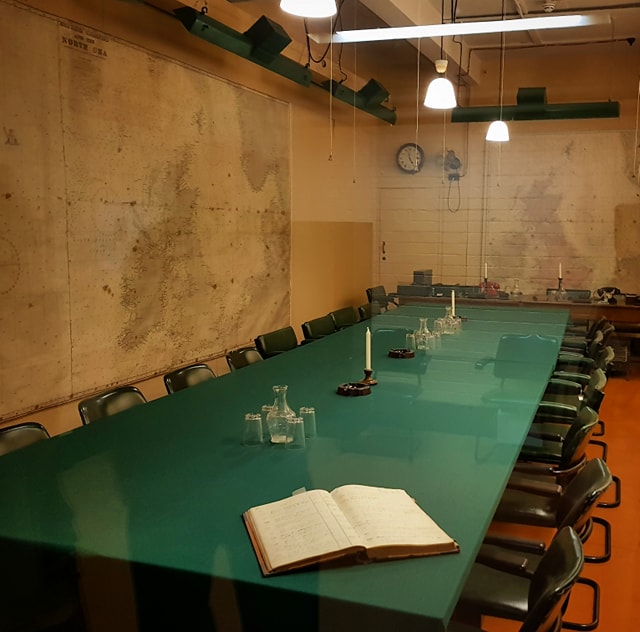
Another key room was the Cabinet Room which is where Churchill declared ‘This is the room from which I will direct the war’. The room is restored with the actual objects used during the war which is fascinating to see in person, and provides a glimpse as to what a typical meeting may have looked like. A total of 115 meetings were held in this room, the last being on 28th March 1945.
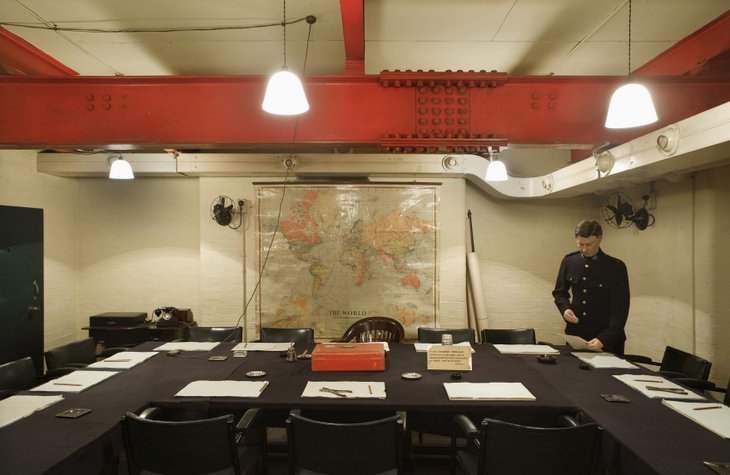
There are recordings of Churchill’s greatest speeches projected in certain areas of the War Rooms, where you can sit down and listen to the man himself. They include the famous speech he delivered during The Blitz which was aimed at keeping morale high even when things were going badly.
In addition to the War Rooms, there is also a museum dedicated to Churchill’s life. Incredible artefacts such as Churchill’s pocket watch which he carried with him at all times, and his countless medals are on display. Another highlight was an example of an Enigma machine, which was used by the Germans to encode communication that was eventually deciphered by Alan Turing and his team at Bletchley Park. It was great to see an example of a machine up close, especially knowing what a crucial role this played in the war.
Included in the museum is an interactive ‘Date Exhibit’ which enables you to look up any date in Winton’s 90 year lifespan and recall what happened on that day through documents and photographs. I liked this a lot as it was extremely engaging and educational, and included lots of random facts about Churchill I never knew!
Having a new-found love for British History, I thoroughly enjoyed exploring the Cabinet War Rooms and would definitely recommend it for anyone interested in learning more about World War II. For more info and how to book, check out their website: Churchill’s War Rooms
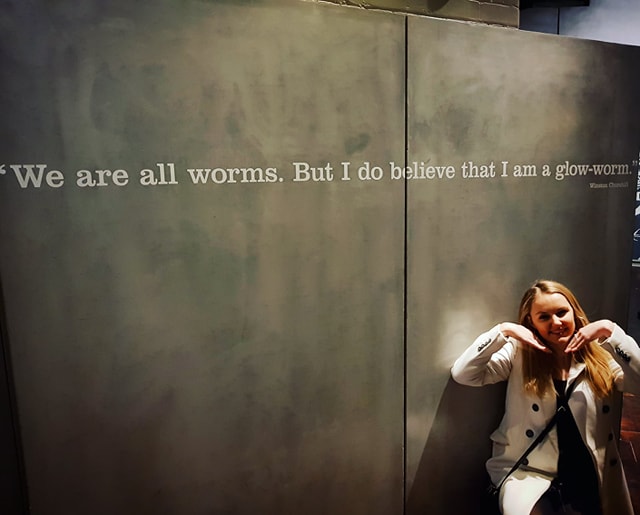
Disclaimer
* I received complimentary tickets to review this experience
